22 London bus routes could be axed as Transport for London (TfL) has announced the biggest set of cuts in decades. C3, N31 and 49 routes from Clapham Junction and lines 14 and 74 in Putney are marked for closure. TfL is consulting on the proposal until mid-July.
TfL is proposing to change up to 78 bus routes, including to cut up to 22 services completely. It would remove the C3 from Clapham Junction to West Cromwell Road (Earl’s Court), the portion of 49 from Clapham Junction to South Kensington, the night service N31 from Clapham Junction to Bayham Street and the popular 14 and 74 from Putney Heath to Russell Square via Fulham and South Kensington. 56 others routes could be changed.
Bus 27 from Hammersmith to Paddington is being rerouted to Clapham Junction and Bus 49 should be removed completely from Clapham Junction (and Wandsworth), starting from South Kensington only.
Click on the map below to see current routes and proposed routes affected in the area.
List of all services at risk of being withdrawn completely:
- C3: Earl’s Court, Tesco – Clapham Junction
- 4: Archway-Blackfriars
- D7: Poplar, All Saints Church and DLR – Mile End Station
- 11: Fulham Broadway – Liverpool Street
- N11: Ealing Broadway Station – Appold Street
- 12: Oxford Circus Station – Dulwich Library
- 14: Russell Square – Putney Heath
- 16: Cricklewood Bus Garage – Victoria
- N16: Edgware Bus Station – Victoria Station
- 24: Hampstead Heath – Pimlico, Grosvenor Road
- 31: Camden Town – White City Bus Station
- N31: Bayham Street – Clapham Junction Station
- 45: Elephant & Castle, Newington Causeway – Clapham Park
- 72: East Acton – Hammersmith Bridge North Side
- N72: Brunel Road – Norley Vale
- 74: Baker Street Station – Putney High Street
- N74: Danebury Avenue / Minstead Gardens – Baker Street Station
- 78: Shoreditch High Street Station – Nunhead, St Mary’s Road
- 242: Homerton University Hospital – Aldgate
- N242: Homerton Hospital / Wardle Street – St Giles High Street
- 521: Waterloo Station – London Bridge Bus Station
In addition there should be about 56 routes that should change or be partly cut (for example the 49, as explained above). Out of the 620 buses in London it means that the change should affect about 12.5% of the routes.
According to TfL, the proposed changes will lead to 24% of bus journeys made on central London bus routes involving a change of bus while this is only 19% currently. Due to the “Hopper fare” (no extra cost when you change buses within 60 minutes) TfL claims there shouldn’t be any extra cost they claim. However, less bus options and having to change will generate further delays in some journeys.
Details and comments on the proposals affecting Clapham Junction
Bus C3 & Bus 27
Bus C3 is marked for removal but it should affect users going from Clapham Junction to Fulham as they propose to reroute Bus 27 to exactly match the C3 route departing from the Bus stations in Grant Road.
- Tfl proposal: They propose to retain key journey links by re-routing bus route 27 from High Street Kensington to Clapham Junction.
- TfL justification: There are currently a high number of buses running between Earls Court and
Worlds End and the capacity being provided is not needed for the numbers of people who wish to use these services. These proposals would help reduce excess capacity while ensuring buses continue to serve those destinations customers want to go to. This proposal also reduces the numbers of parallel bus routes in the area and simplifies the network.
Comment: From a Clapham Junction point of view going to Fulham, this rerouting of the 27 means that removing C3 won’t have any effect: people will still have the same connection using 27.
Bus 49
- Tfl proposal: Route 49 would no longer run between Clapham Junction (Northcote Road) and South Kensington. It would run between South Kensington and East Acton, via Wood Lane and White City.
- TfL justification: Restructuring route 49 creates new, direct bus options for customers between South Kensington and Holland Road, to East Acton. It also creates extra space on buses in the Wood Lane area where demand is growing due to development in the area.
Bus routes 319 and 345 provide suitable alternative bus services between Clapham Junction and Kings Road and routes 19 and 345 serve South Kensington
Comment: Here the justification from TfL seems to be weaker. Bus 319 goes to Kings Road but links straight to Sloane Square, without going to South Kensington. TfL claims that routes 19 provides a suitable alternative to go to South Kensington but this is because they have also a proposal to reroute Bus 19 to pass by South Kensington Station instead of the current route using Sloane Square.
TfL acknowledged that the removal of the portion of bus 49 going to Clapham Junction should affect about a fourth of current route customers. People wanting to go from Clapham Junction to White City will have to either user 345+49 or 319+19+49 instead of only 49 all along. A good alternative would be for TfL to extend Bus 19 to start at Clapham Junction instead of Battersea Bridge, which could also make sense to link to Clapham Junction Station.
Bus N31
- Tfl proposal: Route N31 would no longer run at all.
- TfL justification: This simplifies the night bus network and more closely matches demand with capacity. Many of the journey links provided by route N31 are also provided by existing route N28.
Comment: The N28 stops in Wandsworth Town, so customers going to Clapham Junction will have to change. However, TfL is making changes to 27(N) and N19 so people who currently use route N31 to travel between Chalk Farm – Kings Road and Battersea would need to change between the new proposed route 27(N) going to Clapham Junction and N19 to continue to make their journey.
You are being consulted on the change
Proposals on reshaping the central and inner London bus network, have been outlined by Transport for London (TfL) in 1st June.
TfL’s proposals are currently undergoing consultation until 12 July 2022. They will then prepare a consultation report that will be considered for the final decision on about how bus routes into central London may change.
TfL is providing full detail on all the changes on the right hand side column of its website HERE.
You can also fill the SURVEY. If you prefer not to complete the survey, you have the option to submit your response by email or in writing (no stamp needed) to:
- Haveyoursay@tfl.gov.uk; or
- FREEPOST TFL HAVE YOUR SAY (CLBR)
The Green party has launched a petition against the bus cut. You can sign THERE.
A copy of the consultation report will be available to everyone that takes part in the consultation and a copy will be published on our website.
Westminster new Labour Council has already strongly reacted against the proposal. Wandsworth Council has been contacted for comment.
Public transport still under pre-pandemic level
Transport for London has been in trouble for some years and the pandemic has only exacerbated the problem. During the first lockdown, Tube usage reached its lowest on 13 April 2020 with only 2% and 12% on London buses.
Since then transport has gone back to pre-pandemic levels for private car usage (about 100% or more recorded in June 2022 by the Department for Transport statistics) but public transport is still down in London.
Data recorded in June 2022 shows an average use of 75% for the Tube and 84% for buses in London.
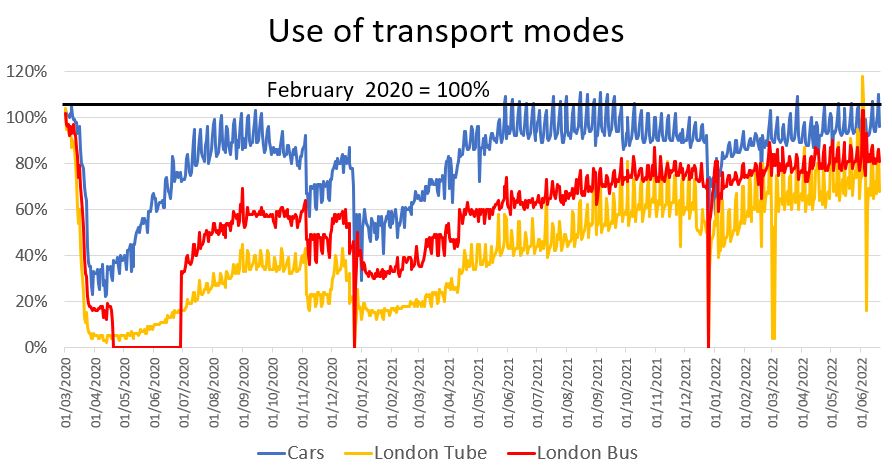
The number of bus journeys being taken by London commuters is now about 5 million a day during the week, still below pre-pandemic levels which it was around 6.3 million a day.
The Tory government is threatening TfL to cut even more their funding
The Government is putting pressure on TfL to save more money before they agree to provide emergency funding to enable TfL to keep operating. They require TfL to provide a plan setting out how to achieve significant financial savings and reduce service levels. TfL explains their plan includes a 4% reduction in bus kilometres.
According to the Evening Standard, the latest £200m government bail out for TFL, announced in February to help it maintain services as it attempts to recover from the financial damage caused by the pandemic, was due to run out on June 24. Secretary of State for Transport Grant Shapps has said the government has agreed to extend TfL’s current emergency status to July 13, after the emergency funding was due to run out on Friday.
TfL warned that if an agreement can’t be reached, harsher cuts amounting to almost 20% of routes would be required.
Once again, it seems that the Conservative Government has been playing politics with London’s finances. Boris Johnson government has blamed the Mayor of London Sadiq Khan for all the problems with TfL. In the Evening Standard, it says:
“A Government source criticised the Mayor, accusing him of “artificially creating” the bus cuts as a “political weapon in his battle for a long-term capital funding deal”. They said the Government will continue to support bus services through revenue funding which is separate to the capital funding package set to expire later this month.
“Thanks to our support, there is, and there will be, more than enough money to maintain services,” the source added.”
In 2021, the Transport Secretary Grant Shapps said in 2021 that the Government had “already given the mayor over £4 billion to keep the network running”. Another £1 billion emergency funding has since been provided until now to cover the shortfall in order to cover day-to-day spending.
Is the government cutting funding to London Transport to blame or is it Labour Mayor fault?
A report to the House of Lords published in December 2021 provides more details about the funding. In 2019/20, the latest year for which figures are available, Transport for London’s (TfL) income and funding came from four main sources. They were:
- fares income, which is TfL’s largest source of income (£4.9 billion);
- other income, including from commercial activity and income from the Congestion Charge (£1.2 billion);
- grants, including business rates (£3.4 billion but only £300m from Central Government); and
- borrowing and cash reserves (£0.9 billion).
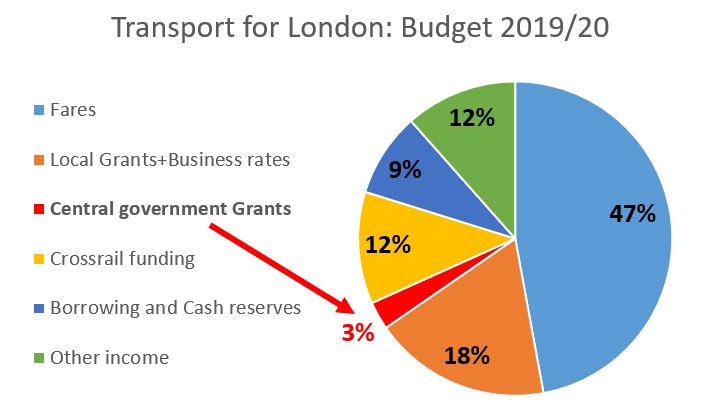
TfL is a public body which can reinvest its income into the transport network. TfL suggests that for every pound it receives around 79% is spent on the everyday running costs of the network and 21% is spent on future improvements.
TfL has seen changes to its funding model in recent years. In the 2015 spending review, the then Conservative Government, under former Prime Minister David Cameron, announced that it would be phasing out TfL’s annual operating grant from April 2018. Instead, the Government stated that it would support over £11 billion investments in London’s transport. It also said that the grant reduction would save £700 million in 2019/20 which could be “achieved through further efficiency savings by TfL, or through generating additional income from the 5,700 acres of land TfL owns in London”.
However, many stakeholders have been critical of the funding agreements, saying this is just a temporary plaster and that instead TfL needs more predictable funding and therefore a longer-term financial settlement, which the Conservatives government refuses to do… at last as long as they see a Labour Mayor in City Hall!
Youtube channel TLDR has published a video last year about the issues of TfL funding. In this video, they claim that the government grant is about £55m, which is less than 1% of the total budget. In any case, when compared with New York or Paris (both actually with a similar funding with about 30% contribution from passenger’s fares), it shows that the total grants (local + central government grants) is way less in London.
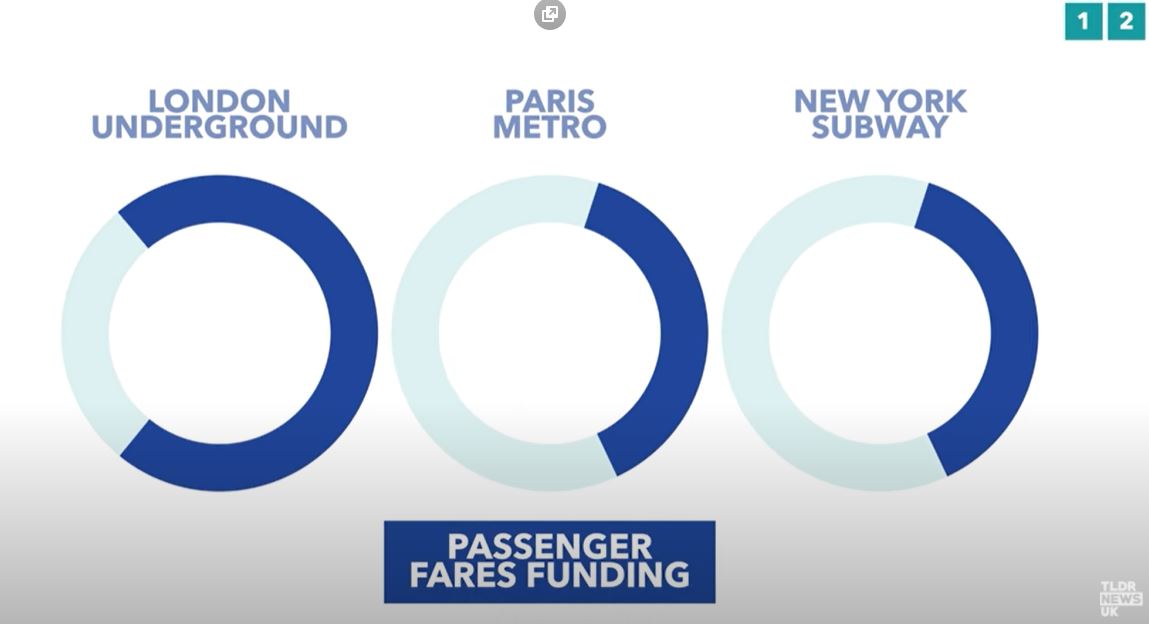
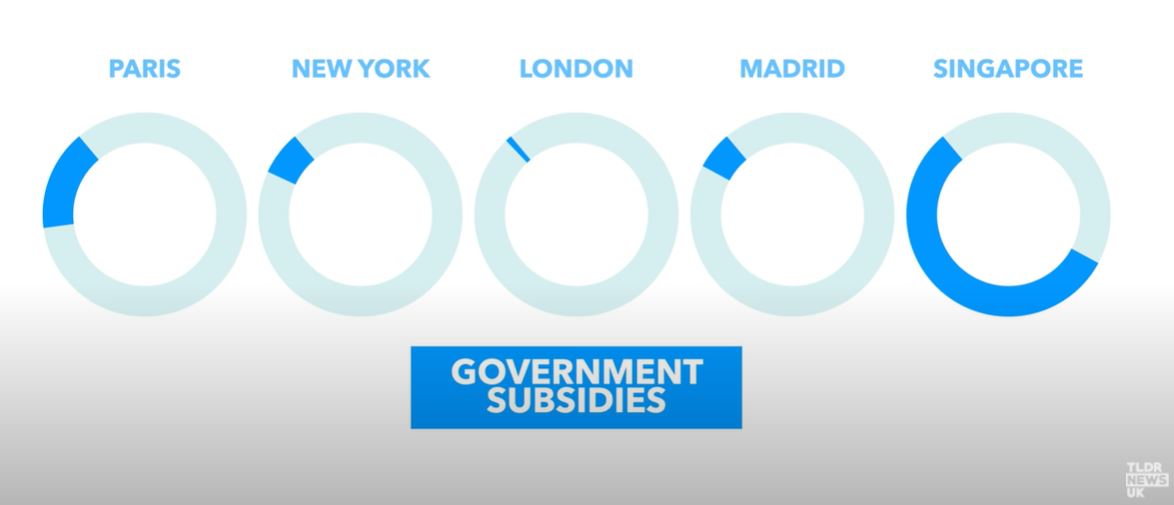
TLDR also explains that TfL has a debt limit of £12b (to avoid Mayors of going to much into deficit), and before the pandemic TfL total debt was about £11.7b which explains why borrowing more money is not an option.
However before the pandemic, TfL already reduced its annual deficit by half and was on track for running a profit from 2021 onwards.
The video confirms what we wrote earlier that while originally the Mayor of London asked for £5.6b bailout, the government only provided £4b spread over 2020.
In May 2020 the government provided TfL £1.6b but £500m were only a loan that TfL will have to reimburse, and in addition requested that Sadiq Kahn increases passenger’s fares and congestion charge (as a plan to undermine his 2021 candidacy at the Mayor’s election). In November 2020 they provided another 1.8b but including a £100m loan and a request for even more saving from London transport. And additional £500m in March 2021 and £1b in May 2021 makes the total of £4b.
TLDR summarizes as:
“Each time Kahn asked for money, the Conservatives give him less than he asked for and with certain conditions attached as well as accusing him of financial mismanagement.”
The Youtube channel explains that neither the debt level or the reliance on passenger’s fares can be blamed on Kahn. Under Sadiq Kahn (2016-2020), the average deficit has been £650 and was on its way to become profitable before the pandemic hit, while total debt increased by £2.7bn from £9bn to £11.7bn. In comparison, under Boris Johnson (2008-2015) it was running an average deficit of £1b and total debt increased by £7bn, from £2bn to £9bn.
Moreover, according to TLDR, when Boris Johnson was Mayor, he received an additional £700m/year as operating grant from the Conservatives government which was cut to … £0 by David Cameron and George Osborne when the Labour Mayor was elected!


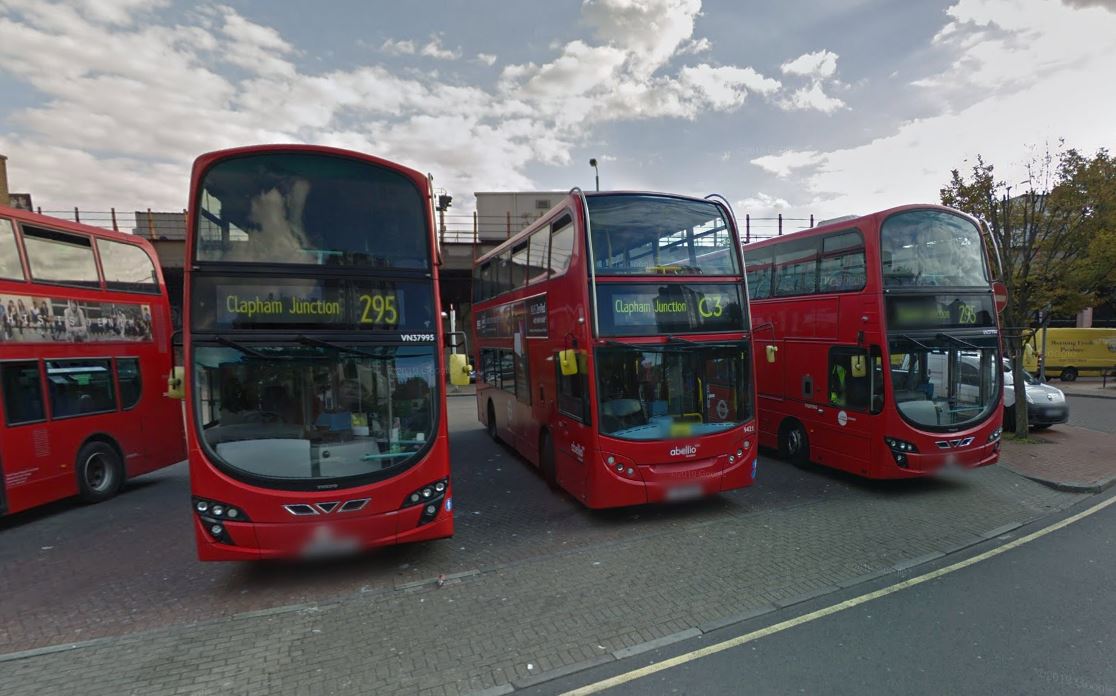
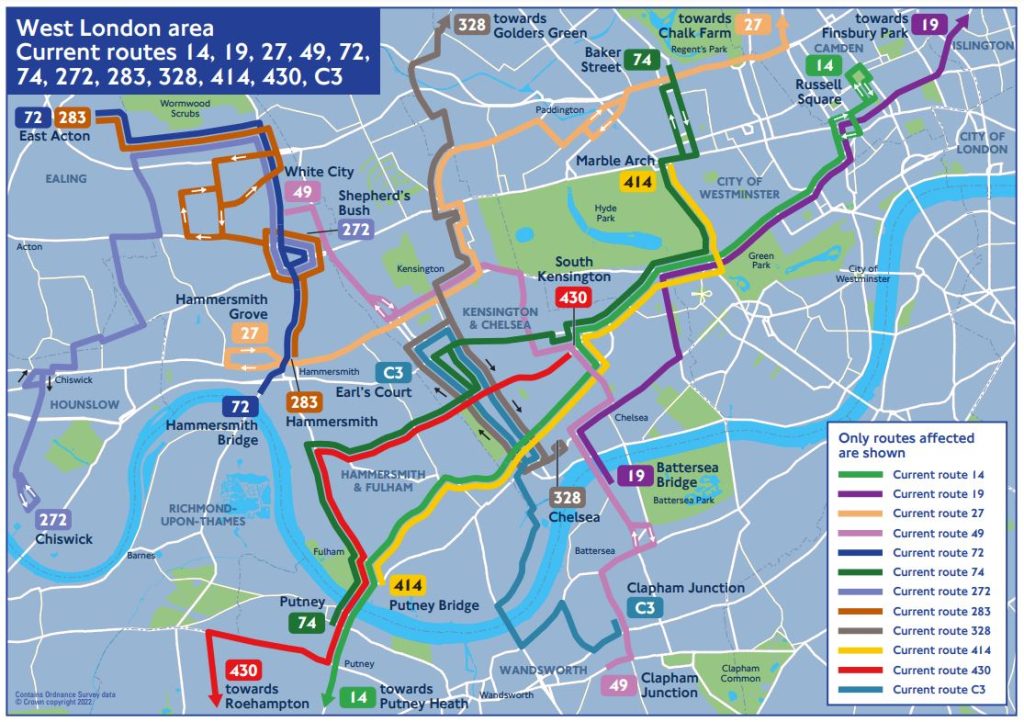
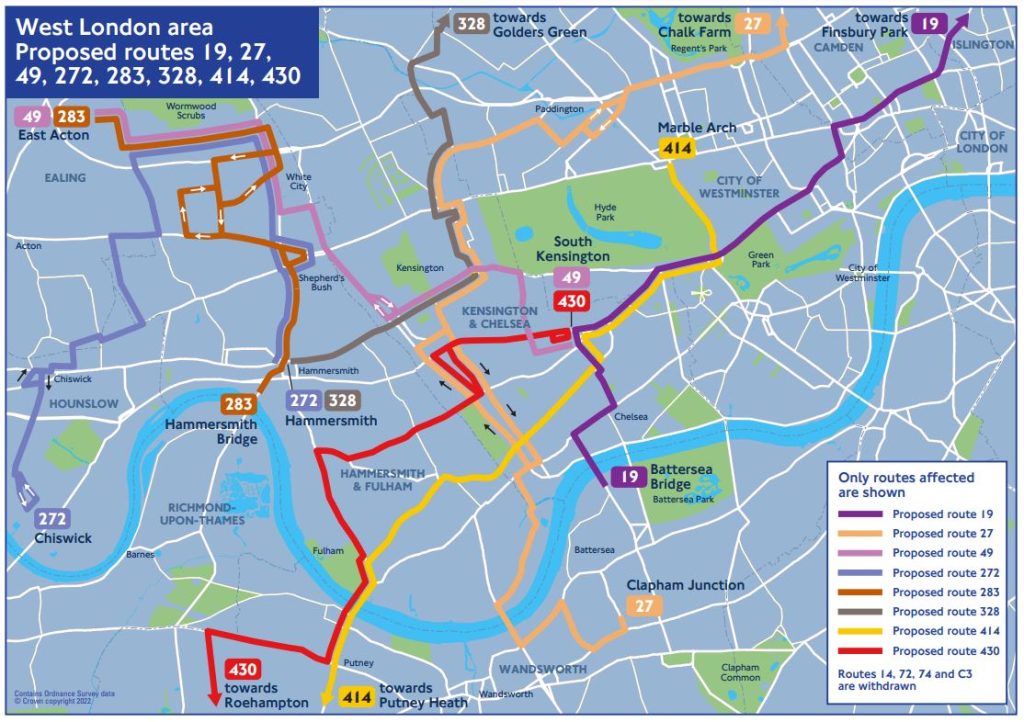
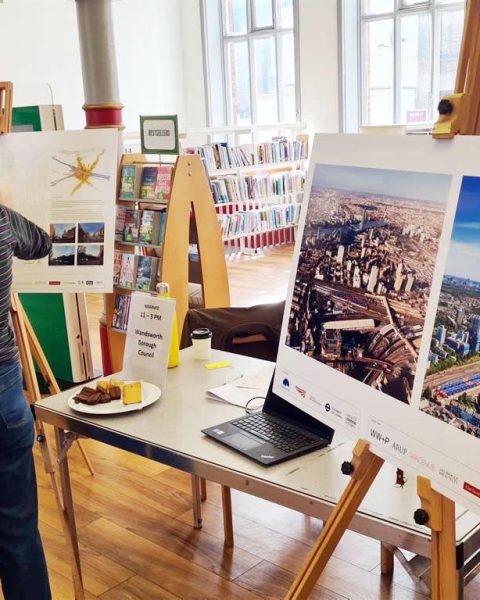
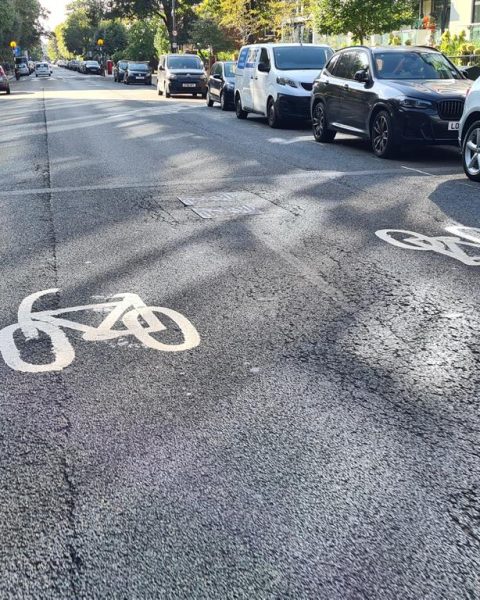
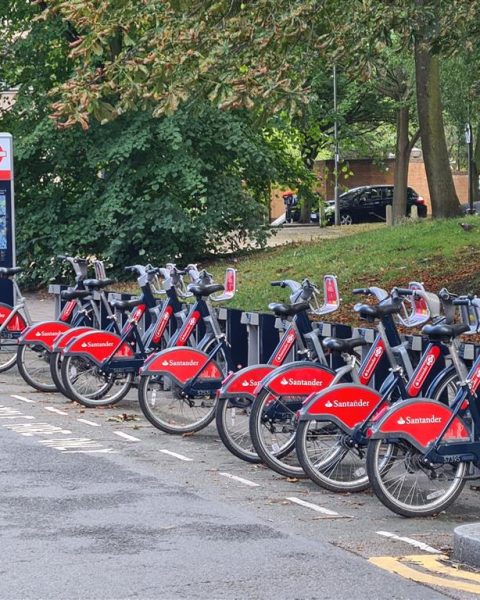
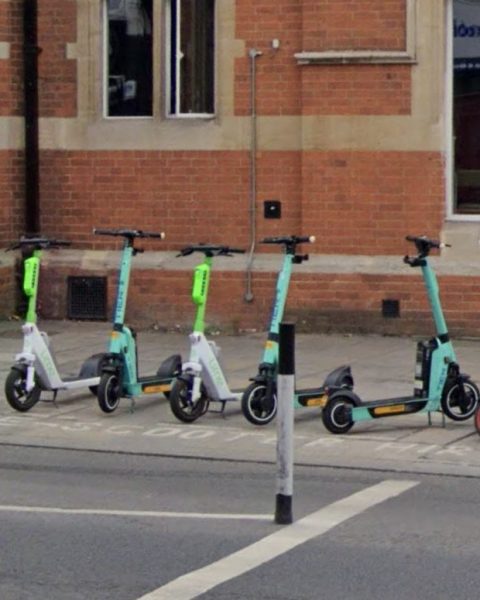
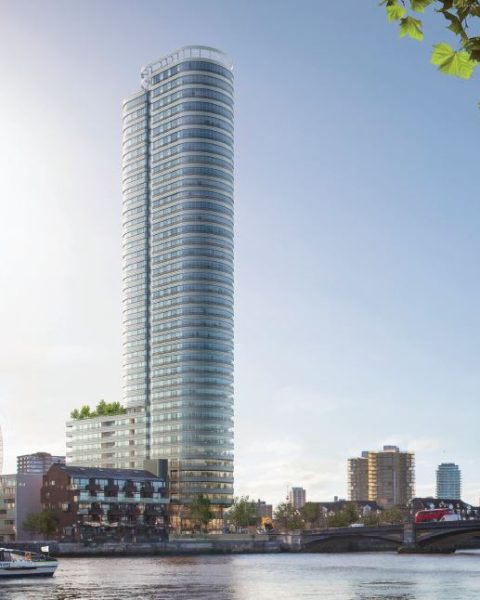
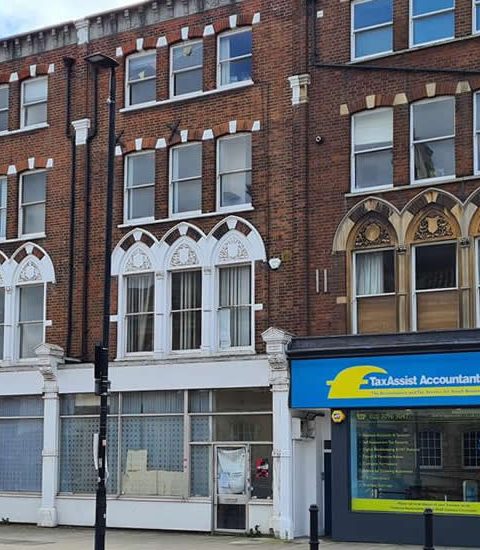
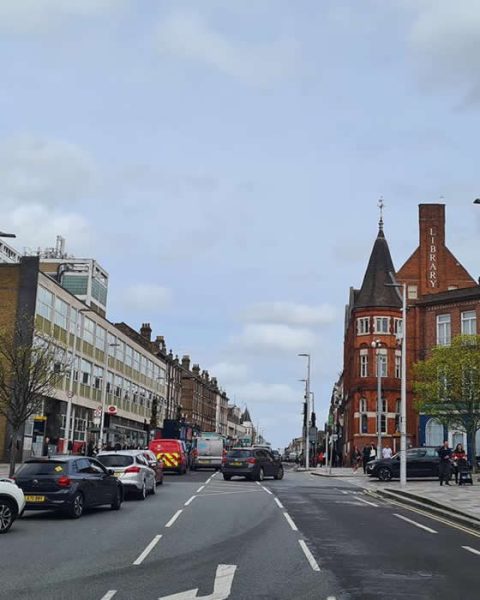

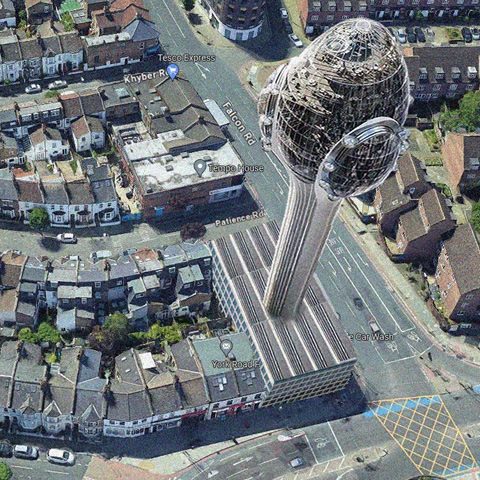
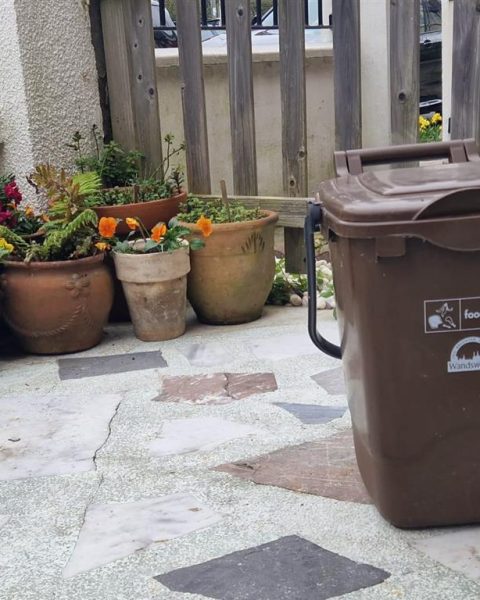

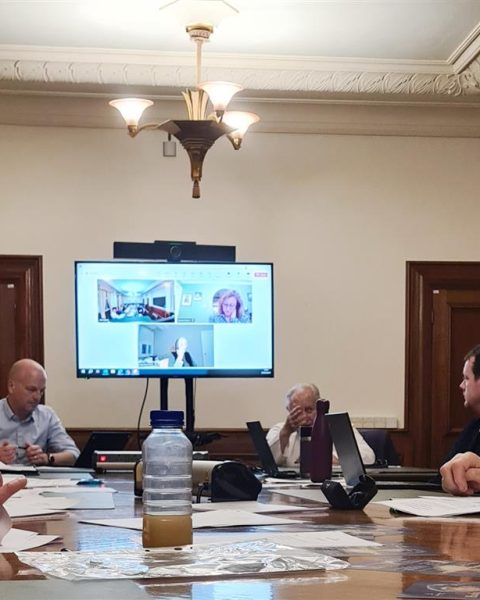
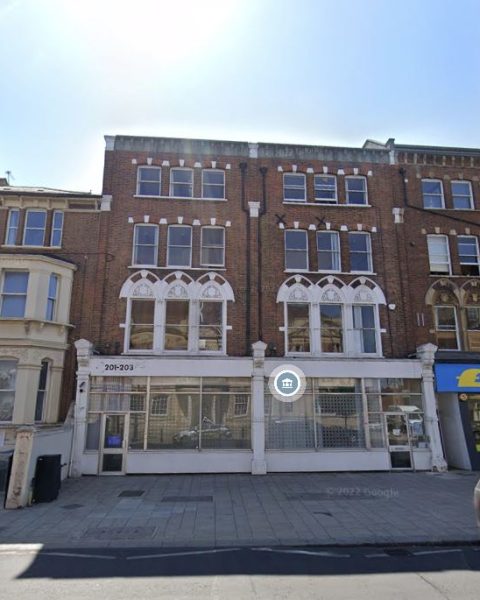


Interesting that no. 27 will take over the C3 bus job. No. 49 – yes, it makes it less easy to get to S Kensington; the idea of extending the no. 19 seems logical. Useful and interesting article.
When comparing TfL funding with New York and Paris, it should be noted New York gets 11% from payroll taxes and 7% from mortgage and property taxes, and Paris gets 42% of its funding from payroll taxes.
TfL receives no payroll tax and 0.1% of its funding from Council Tax (with 14% from business rates).
https://www.centreforlondon.org/blog/funding-london-transport/
The fact they receive less funding from fares doesn’t mean it all comes from central/national government.
Yes, the TLDR video talks about direct grants from government (either central or local in the case of Paris). Your 42% comes from the tax on private companies.
I have checked on the official French website, and it explains the funding as such:
– 41% comes from a payroll tax.
– 11% comes from employers through the reimbursement of 50% of the transport cost of their employees.
– 27% coming from the ticket sales paid by customers
– 21% are grants from the Region, the city of Paris and other local authorities.
Source: https://www.iledefrance-mobilites.fr/decouvrir/financements
So it confirms both figures. TLDR shows 21% as Central government but actually being grants from the Region, the city of Paris and other local authorities and 41% from payroll tax.
Looking at Paris and New York, it seems actually fair to ask companies to contribute heavily to the public transport system in big cities, as they highly benefit of it: you can imagine the difficulties it would create for the private companies to attract and recruit employees if there was no public transport to come to them!
Thanks for the reply.
I’m not suggesting the TLDR News numbers are false, I just don’t feel they give a complete picture.
Some of the debate around TfL funding has been framed around fares vs central government funding question, using these comparisons, and I think other potential funding sources are worthy of discussion, like payroll and property taxes.
A form of National Insurance (whether employer and/or employee contributions) for TfL might not be a bad idea at all, although I will suggest people in Zone 2 aren’t likely to be net winners from it if it is used to reduce fares 😀
Re- TLDR, I agree, the picture is much more complex and that’s why, following your comment, I had the opportunity to dig up a bit about the numbers for Paris.
If I take your idea of “a form of National Insurance”, I think you mean a sort of NHS for transport where it is provided for free.
At first it might sound utopian, but actually it has been seriously considered by some countries (and sometime implemented), amid environmental concerns and as a way to encourage public use. Luxembourg is apparently the first: https://en.wikipedia.org/wiki/Free_public_transport
In the Paris area (which cover much more than the Greater London area), the region (which is responsible for the transport system) has decided to abolish all zones, for a unique fare of 75,20 €/month (2020 but 70€ when implemented in 2015). To give a comparison with the ludicrous cost in London, Wikipedia says: “By comparison, the equivalent monthly packages in 2016 were 56.5 euros in Turin, 415 euros in London, 150 euros in Barcelona and 79.4 euros in Lyon.”
It is interesting to see that, actually, it does not cost much more to reduce prices because it is compensated by more people using public transport (which should be encouraged with the climate crisis):
“IDFM’s [equivalent to TfL – editor’s note] financial account shows that between 2016 and 2017, real operating revenues jumped by 359 million euros, from 5.787 billion to 6.137 billion, due to the sharp increase in traffic, largely due to the introduction of the Navigo Single Fare Pass. According to journalist Bertrand Lambert, the 250 million increase in passenger revenues almost offsets the impact of the estimated 300 million single fare, which allows IDFM not to increase the fare in the summer of 2018”
Source: https://fr.wikipedia.org/wiki/Tarification_des_transports_en_commun_d%27Île-de-France
In addition, in July 2020, the Paris Council passed a measure to make metros, suburban trains, buses and trams free for young people aged 4 to 18 as a measure for a question of «social justice» and «transformation of the mobility model» (cost = €26.7m). In 2019, a similar measure was voted for customers aged 65+ or disabled, but with an income of less than ~£1800/month.
Source: https://www.liberation.fr/checknews/anne-hidalgo-a-t-elle-affirme-avoir-mis-en-place-les-transports-gratuits-a-paris-20211020_6RKGN7REIZAP3G6KCPSGNNSU5I/.
Montpellier, a city in the south of France, decided a similar thing last year. Source: https://www.montpellier.fr/evenement/25520/3624-gratuite-des-transports-phase2-ouverture-des-demandes-pour-les-de-18-ans-et-les-de-65-ans.htm
There is also free transport for resident on social benefits living in the full Paris region. Source: https://www.iledefrance-mobilites.fr/titres-et-tarifs/detail/le-forfait-navigo-gratuite
The funding of public transport is very interesting and reveals a lot about the agenda of politicians especially considering the climate crisis and the need to adopt sustainable moving system.